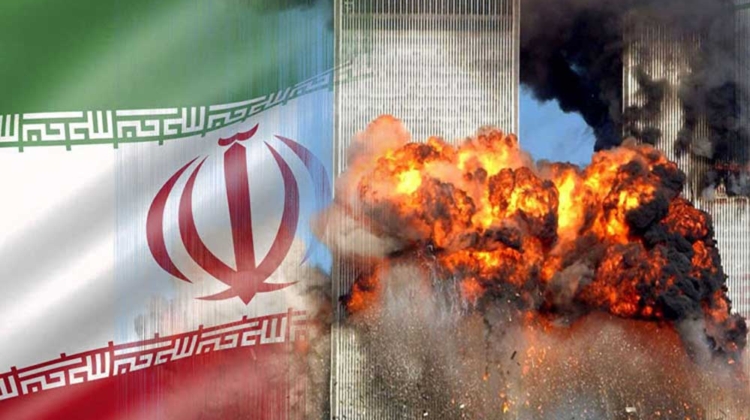Iran and 9/11
The Islamic Republic played a little-known but unmistakable role in the biggest jihad attack on U.S. soil.

|
Getting your Trinity Audio player ready...
|
As Steve Witkoff prepares to begin a new round of negotiations with the Islamic Republic of Iran, it’s important to remember that the Islamic Republic has been at war with the U.S., as well as Israel, for years. In fact, Iran even played a role in 9/11.
On Dec. 22, 2011, U.S. District Judge George B. Daniels ruled in Havlish, et al. v. bin Laden, et al., that Iran and Hizballah were liable for damages to be paid to relatives of the victims of the Sept. 11, 2001 jihad attacks in New York and Washington, as both the Islamic Republic and its Lebanese proxy had actively aided al-Qaeda in planning and executing those attacks.
Daniels found that Iran and Hizballah had cooperated and collaborated with al-Qaeda before 9/11 and continued to do so after the attacks.
Before 9/11, Iran and Hizballah were implicated in efforts to train al-Qaeda members to blow up large buildings—resulting in the bombings of the Khobar Towers in Saudi Arabia in 1996, the bombings of the U.S. embassies in Kenya and Tanzania in 1998, and the attack on the USS Cole in 2000.
Former MOIS operative Abolghasem Mesbahi, a defector from Iran, testified that during the summer of 2001, he received messages from Iranian government officials regarding a plan for unconventional warfare against the U.S., entitled Shaitan dar Atash (“Satan in Flames”).
“Satan in Flames” was the elaborate plot to hijack three passenger jets, each packed full of people, and crash them into American landmarks: the World Trade Center, which jihadis took to be the center of American commerce; the Pentagon, the center of America’s military apparatus; and the White House.
A classified National Security Agency analysis referred to in the 9/11 Commission report reveals that eight to ten of the 9/11 hijackers traveled to Iran repeatedly in late 2000 and early 2001. The 9/11 Commission called for a U.S. government investigation into Iran’s role in 9/11, but none was ever undertaken. So Kenneth R. Timmerman of the Foundation for Democracy in Iran was, in his words, “engaged by the Havlish attorneys in 2004 to carry out the investigation the 9/11 Commission report called on the U.S. government to handle.”
Timmerman noted that during the 9/11 hijackers’ trips to Iran they were “accompanied by ‘senior Hezbollah operatives’ who were in fact agents of the Iranian regime.” Iranian border agents did not stamp their passports, so that their having been inside the Islamic Republic would not arouse suspicion against them when they entered the United States.
The CIA, embarrassed by its failure to recognize the import of these trips, tried to suppress this revelation. But Timmerman contends that even the available evidence is explosive enough, revealing that the Islamic Republic of Iran, in his words:
- helped design the 9/11 plot;
- provided intelligence support to identify and train the operatives who carried it out;
- allowed the future hijackers to evade U.S. and Pakistani surveillance on key trips to Afghanistan where they received the final order of mission from Osama bin Laden, by escorting them through Iranian borders without passport stamps;
- evacuated hundreds of top al Qaeda operatives from Afghanistan to Iran after 9/11 just as U.S. forces launched their offensive;
- provided safe haven and continued financial support to al Qaeda cadres for years after 9/11;
- allowed al Qaeda to use Iran as an operational base for additional terror attacks, in particular the May 2003 bombings in Riyadh, Saudi Arabia.
The Ayatollah Khamenei knew about the plot. During the summer of 2001, he instructed Iranian agents to be careful to conceal their tracks and told them to communicate only with al-Qaeda’s second in command, Ayman al-Zawahiri, and Imad Mughniyah of Hizballah.
Mughniyah was Iran’s key player in the 9/11 “Satan in Flames” plot. During the Havlish trial, former CIA agents Clare M. Lopez and Bruce D. Tefft submitted an affidavit stating that “Imad Mughniyah, the most notable and notorious world terrorist of his time, an agent of Iran and a senior operative of Hizballah, facilitated the international travel of certain 9/11 hijackers to and from Iran, Lebanon, Saudi Arabia, and Afghanistan, and perhaps various other locations for the purpose of executing the events of September 11, 2001. This support enabled two vital aspects of the September 11, 2001 plot to succeed: (1) the continued training of the hijackers in Afghanistan and Iran after securing their United States visas in Saudi Arabia, and (2) entry into the United States.”
The Obama-era CIA went to great pains to try to ensure that information about Iran’s role in 9/11 did not come out in the Havlish case. In August 2010, a CIA official pressured a Havlish witness to withdraw his testimony in exchange for a new identity, new passport, and new job. In December of that year, another CIA operative approached a different Havlish witness, showed him documents stolen from the case, and took him to a U.S. embassy where he was subjected him to five hours of interrogation and finally offered cash if he recanted his testimony. Says Timmerman, “After I reported those attempts at witness tampering to a Congressional oversight committee, they ceased.”
Judge Daniels determined that Iran, Hizballah, the Islamic Revolutionary Guard Corps, the Iranian Ministry of Intelligence and Security, and other Iranian government departments, as well as the Ayatollah Khamenei himself and former Iranian president Ali Akbar Hashemi Rafsanjani were all directly implicated in Iranian efforts to aid al-Qaeda in its 9/11 plot. He awarded the plaintiffs in the Havlish case $394,277,884 for economic damages, as well as $94,000,000 for pain and suffering, $874,000,000 for mental anguish and grief, and $4,686,235,921 in punitive damages, along with $968,000,000 in pre-judgment interest, for a total of $7,016,513,805.
The Havlish plaintiffs did not, of course, receive a check for that amount from the Islamic Republic of Iran neatly signed by the Ayatollah Khamenei. However, in March 2014, as part of the Havlish judgment, the plaintiffs were awarded ownership of a $500 million office tower in midtown Manhattan—one that had been owned by Iranian companies.
This award provided a small bit of compensation for the loss of life and the years of trauma that these families had suffered as a result of the Islamic Republic’s war against the United States. More important, it stood as a tangible acknowledgment of Iran’s role in the 9/11 attacks. And Iran remains at war with the United States today.

